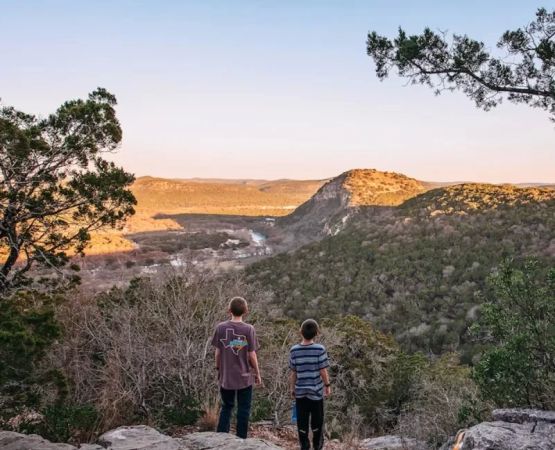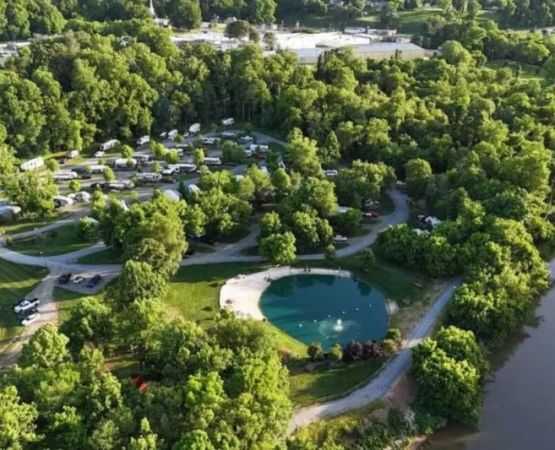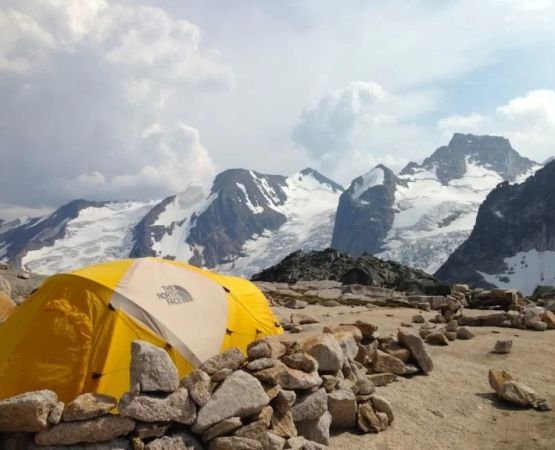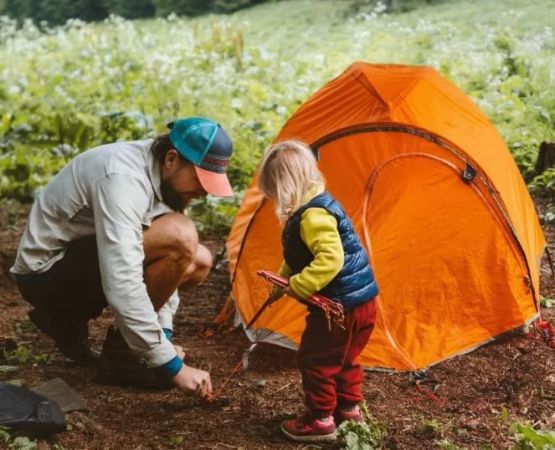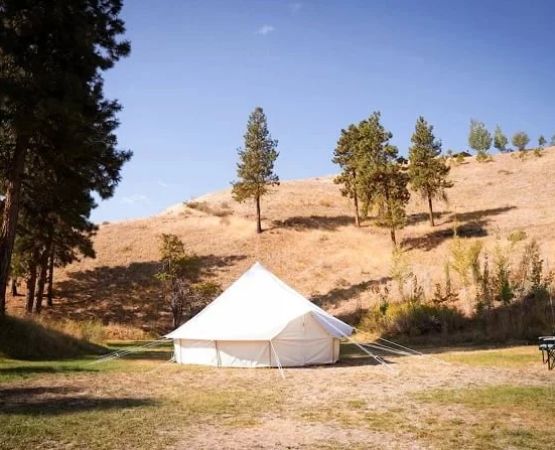- 1 - Understanding the Landscape After a Wildfire
- 2 - Safety Considerations for Post-Wildfire Camping
- 3 - How Nature Regrows and What Campers Can Expect
- 4 - Regulations and Rules You Must Follow
- 5 - Real Experiences from Campers
- 6 - Expert Advice for Responsible Camping
- 7 - Where to Start Your Journey
1. Understanding the Landscape After a Wildfire
When people ask how to camp after a wildfire, the first thing to realize is that the land itself has changed dramatically. Trees may be weakened, trails might be closed, and wildlife patterns shift as animals seek new habitats. For campers, this means heightened awareness is essential, as areas that once felt familiar may no longer be the same. Recognizing these shifts is the foundation of safe and responsible camping after fire events.
2. Safety Considerations for Post-Wildfire Camping
2.1 Potential Hazards
Even months after a fire, falling trees, loose rocks, and unstable soil can pose risks. Hidden hot spots beneath ash may also remain active, particularly in larger burn zones. Campers should always check official fire reports before planning a trip.
2.2 Smart Precautions
Carry extra water, stay updated on air quality, and avoid camping directly under burned trees. A fire-damaged landscape can change overnight due to wind or rain, so situational awareness should be constant.
3. How Nature Regrows and What Campers Can Expect
One of the most fascinating aspects of post-wildfire camping is witnessing regrowth. Wildflowers often bloom in abundance after fire seasons, and certain species thrive in ash-rich soil. For example, in Yellowstone, fireweed became an iconic reminder of resilience after major burns. Campers in post-wildfire landscapes often describe it as a reminder of nature’s cycles: destruction followed by renewal. These landscapes are not only safe to enjoy once cleared by authorities but also rich in ecological lessons.
4. Regulations and Rules You Must Follow
4.1 Federal and State Guidelines
Agencies like the U.S. Forest Service or National Park Service often restrict access after wildfires. Common rules include limits on campfires, restricted trail access, and mandatory permits. Following these isn’t just about avoiding fines—it’s about protecting fragile regrowth areas.
4.2 Respect for Nature
Respecting these rules ensures regrowth continues undisturbed. By following guidelines, campers actively contribute to the land’s recovery while enjoying the unique environment left in the fire’s wake.
5. Real Experiences from Campers
After the massive California wildfires in 2020, many campers reported how surreal it was to pitch a tent in areas surrounded by charred tree trunks. Some described the landscape as hauntingly beautiful, with blackened branches silhouetted against new green shoots. These experiences remind us that camping after a wildfire is more than a trip—it’s an opportunity to connect deeply with the resilience of nature.
6. Expert Advice for Responsible Camping
Outdoor experts recommend planning trips months in advance and consulting official maps to identify safe zones. They also encourage campers to avoid making new fire rings or damaging fragile vegetation during early regrowth stages. Experts stress that being prepared and respectful can transform a challenging environment into an unforgettable and safe adventure.
7. Where to Start Your Journey
For those curious about exploring safely after a wildfire, resources like Pine Cliff Resort can provide updated travel guidance, supplies, and recommended destinations. Beginning your journey with professional advice ensures that you experience both the beauty of regrowth and the safety needed for a successful trip. Camping in these landscapes offers an unmatched blend of caution, discovery, and renewal.

